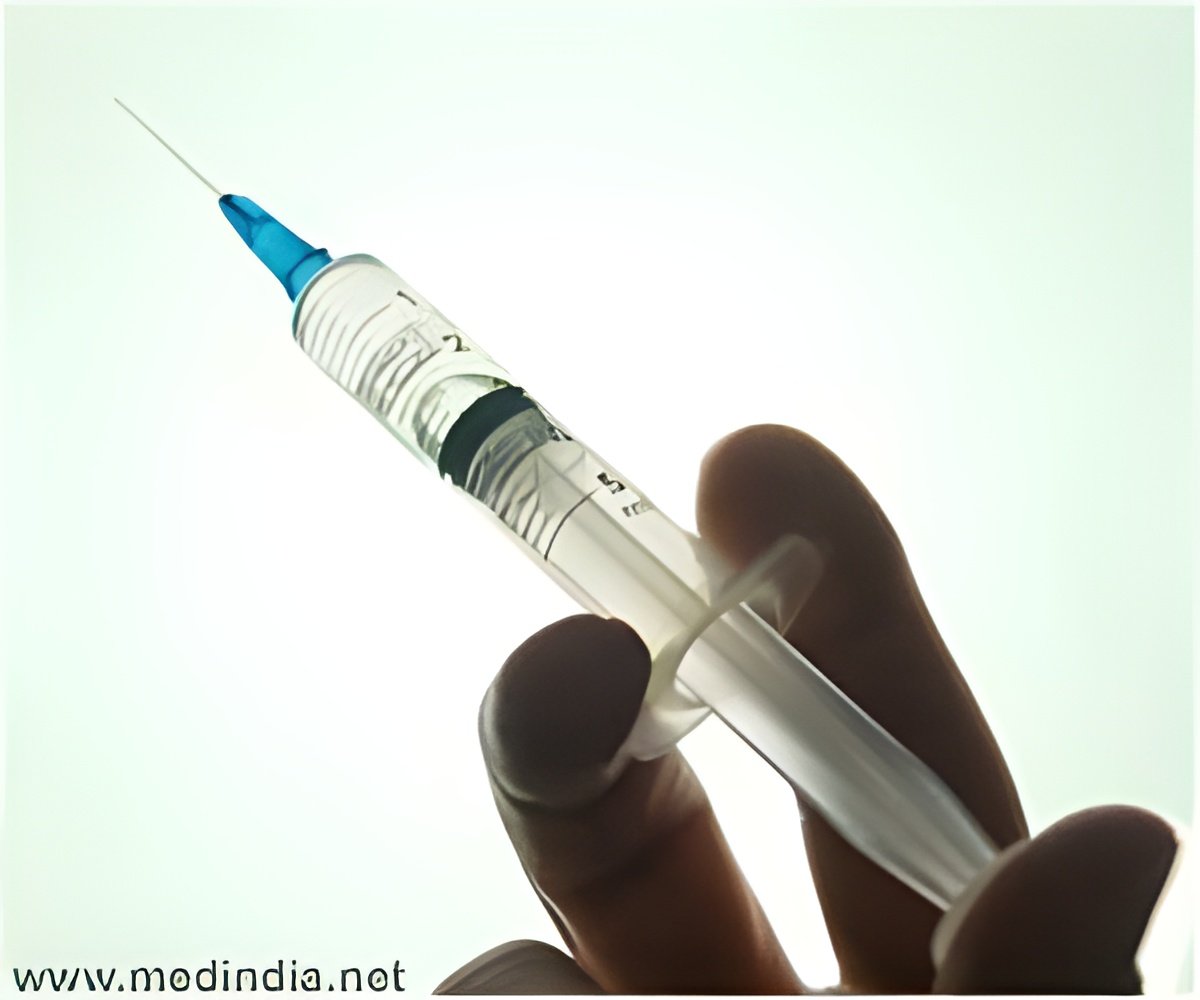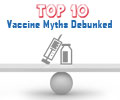A new research has found that re-introducing a type of polio vaccine that went out of use in the 1960s may hasten eradication of the disease

The findings are published today in The Lancet.
Vaccination protects an individual against contracting polio, but they can still be infected by the virus, which replicates in the gut and can be passed to others through contact with infected faeces. This has led to serious polio outbreaks in Asia, Africa and Europe over the last 10 years and is hampering efforts to eradicate the disease.
Most vaccination campaigns use multiple doses of OPV that provide some gut immunity, although this wanes over time.
"Because IPV is injected into the arm, rather than taken orally, it's been assumed it doesn't provide much protection in the gut and so would be less effective at preventing faecal transmission than OPV," explains Dr Jacob John, Associate Professor at the Christian Medical College, who led the study. "However, we found that where the children already had a level of immunity due to OPV, the injected vaccine actually boosted their gut immunity.
"In the 1960s there was extensive rivalry between the scientists who developed the two vaccines, with OPV eventually becoming the most popular. But it looks as if the strongest immunity can been achieved through a combination of the two."
Advertisement
Their stools were tested after seven days to see if the virus was present, specifically the two remaining serotypes of the virus which are resisting eradication – serotype 1 and serotype 3. In the children who had received the IPV, the researchers found that 38 per cent fewer had serotype 1 in their stool and 70 percent fewer had serotype 3, compared to those who had not been given the injected vaccine.
Advertisement
In another study published this week in Proceedings of the National Academy of Sciences, Imperial researchers from the same group looked at whether expanding the age range of vaccination campaigns to include older children and adults would help to prevent polio transmission. Using a mathematical model to examine disease transmission in two major polio outbreaks in Tajikistan and the Republic of Congo in 2010, they found that older ages contributed significantly to transmission in Congo but not Tajikistan, which might be related to standards of sanitation and hygiene. However, launching mass immunisation campaigns more quickly in response to outbreaks would have a much bigger impact than expanding the age range, the study reported.
Lead author Dr Isobel Blake from the Medical Research Council Centre for Outbreak Analysis and Modelling at Imperial College London said: "It can take over 70 days to send stool samples to the lab and get back a diagnosis of polio, which means by the time authorities discover an outbreak, many more people are already infected. These findings suggest that methods to detect outbreaks earlier would be hugely beneficial to eradication efforts."
Source-Eurekalert











